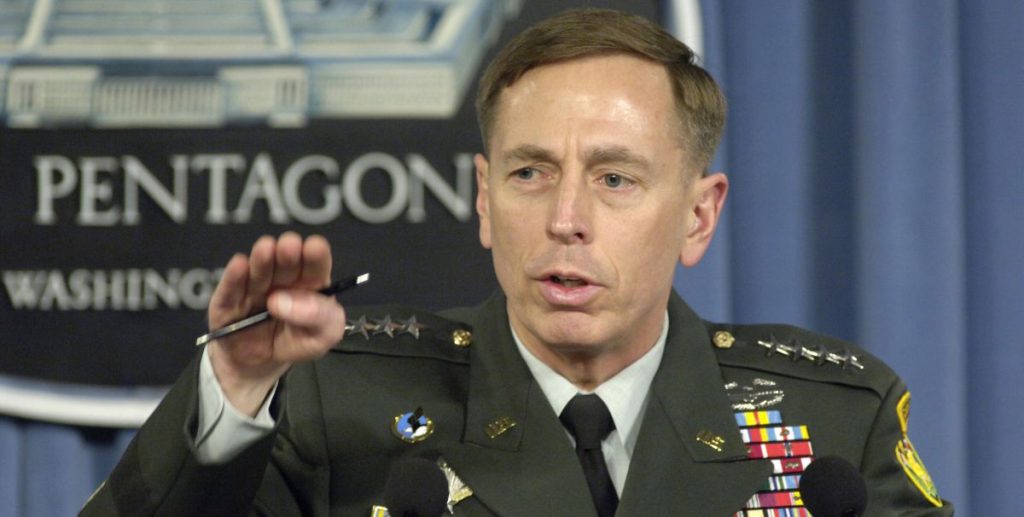For Petraeus, drone warfare alone won’t suffice.
Others are reading now
For Petraeus, drone warfare alone won’t suffice.
Petraeus points to underwater drones
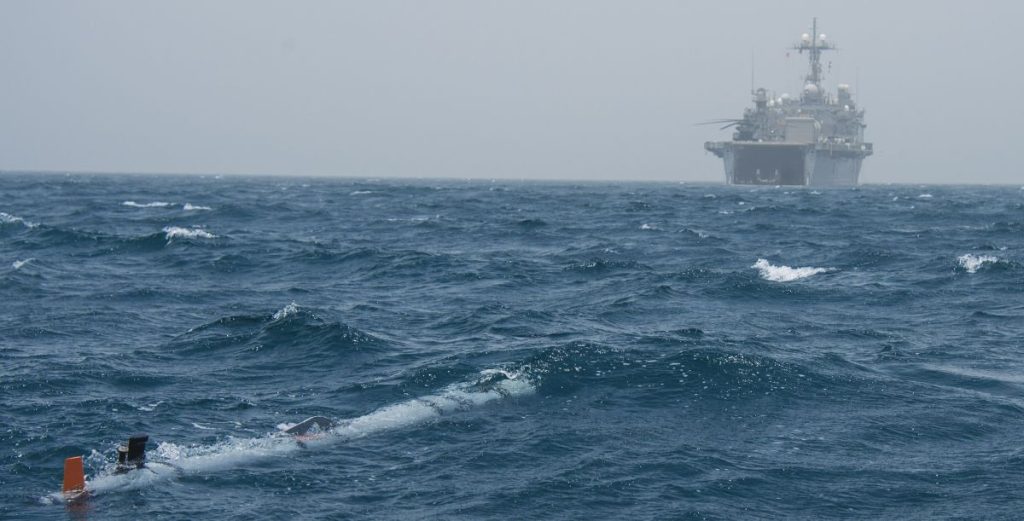
Four‑star US General David Petraeus argues that Russia can be stopped by advanced naval unmanned systems.
He told The Telegraph, “This is the moment when Ukraine can stop the Russians on the battlefield if they are able to manufacture even more unmanned systems (drones).”
He sees underwater drones as a key element of that fight.
A three‑point plan pivots on drone power
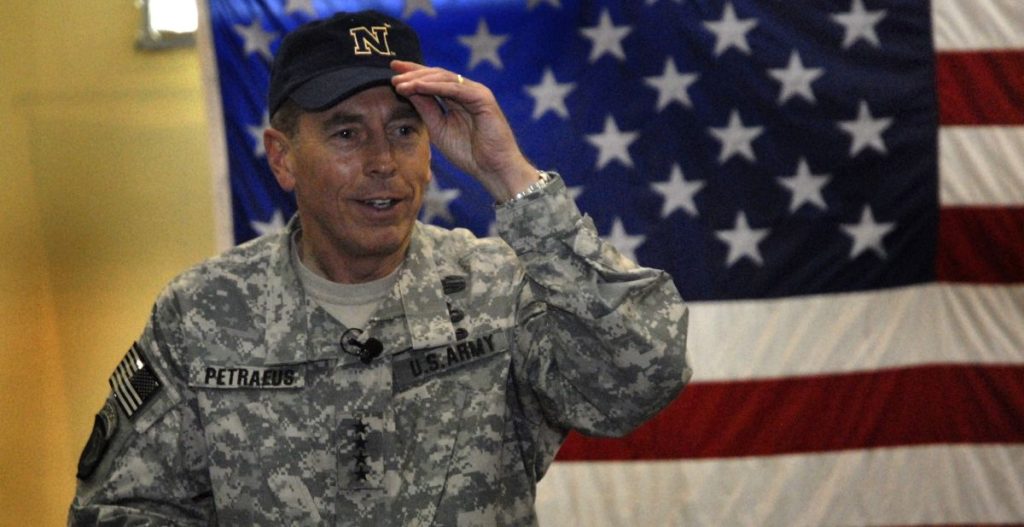
Petraeus outlines a three‑part strategy: build drone capacity, push security guarantees, and enforce tougher sanctions.
Also read
The plan hinges on Kyiv being able to project force deep into Russian-held territory via sea and air drones.
Without Western support, the approach would be much harder to realise.
Toloka TLK‑1000: a drone with extreme reach
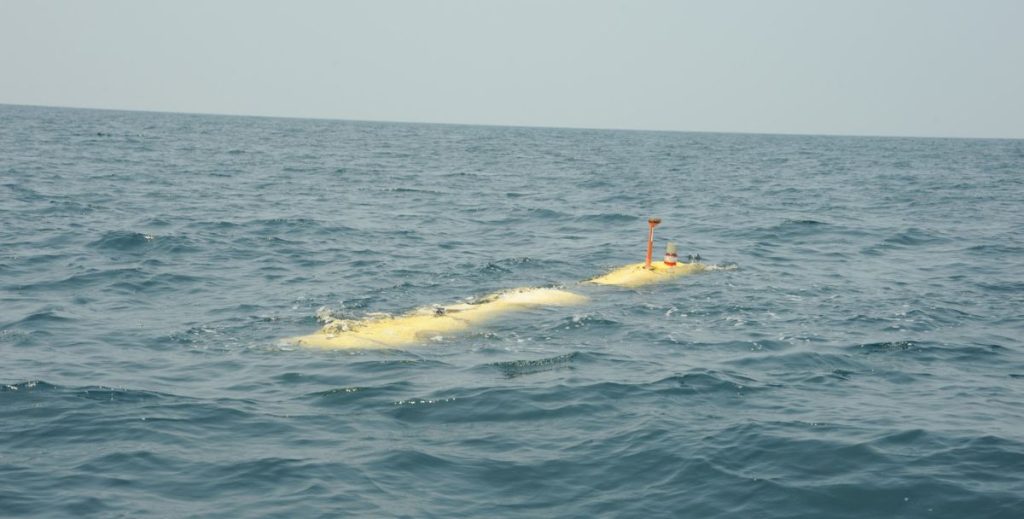
Ukraine recently revealed its Toloka TLK‑1000 drone, claimed to strike targets up to 1,200 miles away.
That range could put key areas such as the Kerch Bridge within reach.
This kind of capability may change how contested areas are threatened beyond front lines.
Also read
Flamingo cruise missiles deepen reach
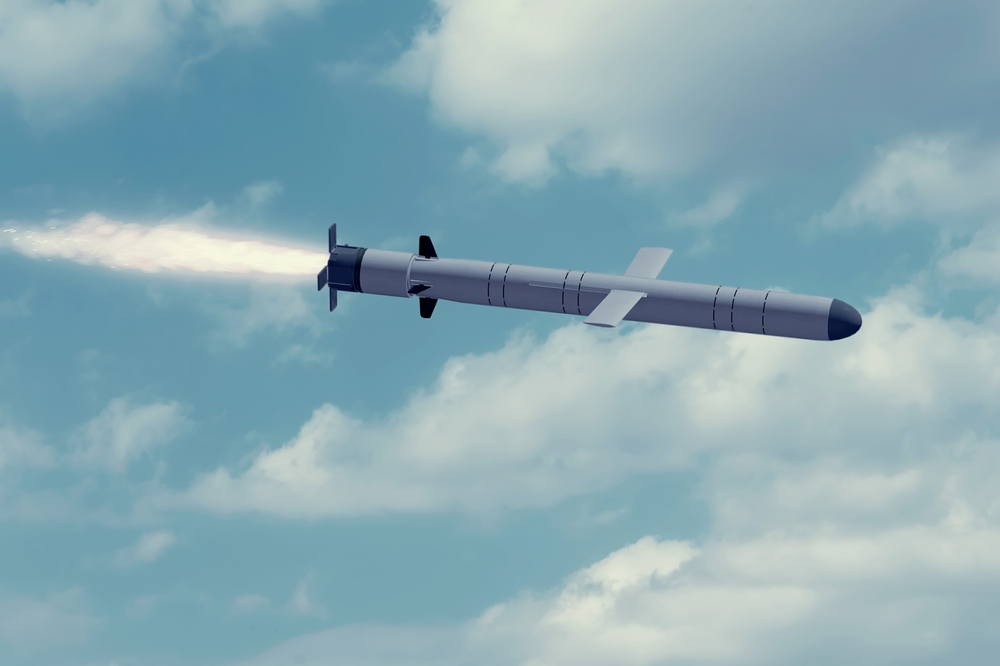
Alongside naval drones, Petraeus highlighted the use of ground‑launched cruise missiles like the Flamingo, which have a range of 3,000 km.
These systems let Ukraine hit far inside Russian territory, making key infrastructure like refineries vulnerable.
Demonstration in action at undisclosed site
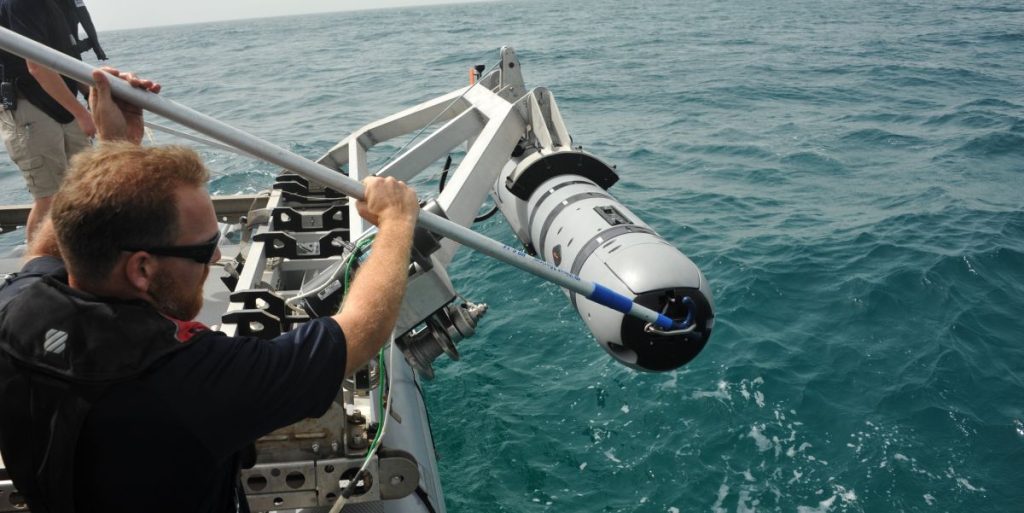
Petraeus revealed that Ukraine recently used an unmanned maritime system in a secret location.
He said it achieved 100 km per hour and called it “amazing.”
This kind of speed and stealth is essential in surprise operations against enemy logistics and fleets.
Also read
West’s financial tools must support victory

He argues that frozen Russian assets held by the EU — estimated at £200 billion — should be invested in Ukraine’s drone industry.
That funding could scale up drone manufacturing and tilt the aerial‑naval balance further in Ukraine’s favor.
Simultaneous pressure across fronts
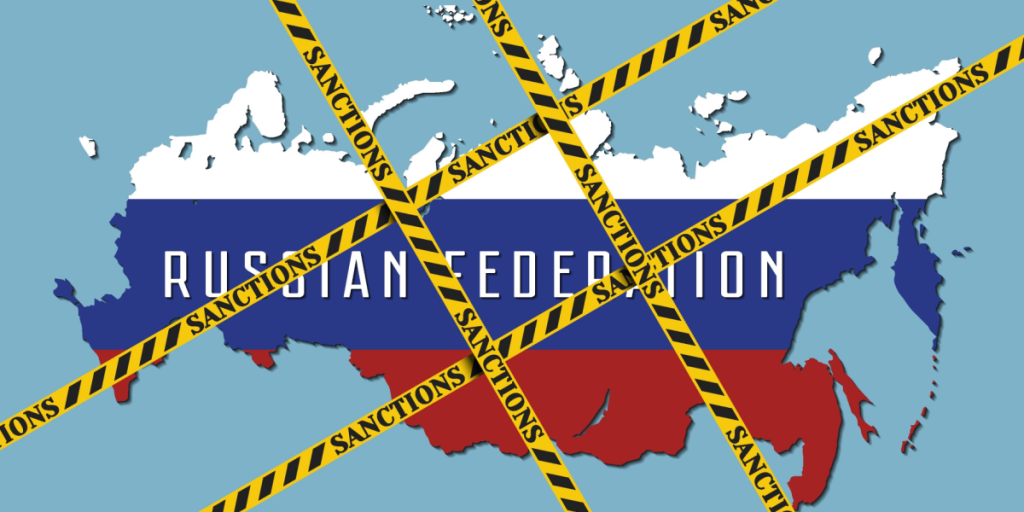
For Petraeus, drone warfare alone won’t suffice.
He insists that security guarantees and stronger sanctions must be implemented in tandem.
“If these three sets of actions are taken simultaneously … Russia would simply be forced to stop fighting,” he said at the Concordia Summit.
Also read
Russia probes NATO amid drone warfare
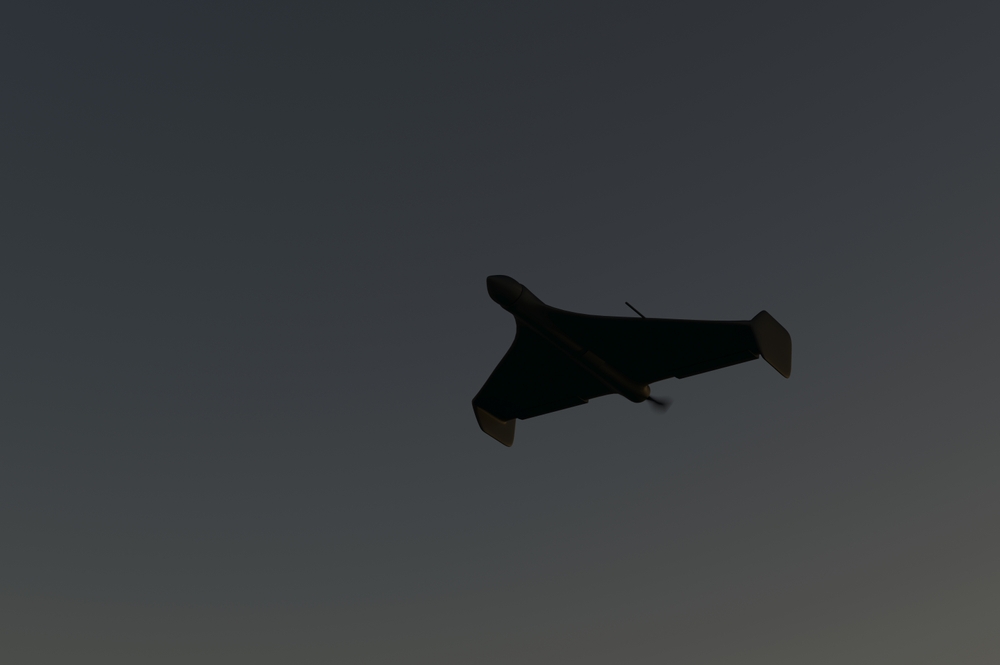
His assessment comes at a tense moment.
Russian drones have tested Polish and Romanian air defences; Russian jets have entered Estonian airspace.
Meanwhile, Ukraine’s drone barrages have unleashed the heaviest bombing campaign Russia has yet launched.
Drones reshape the battlefield
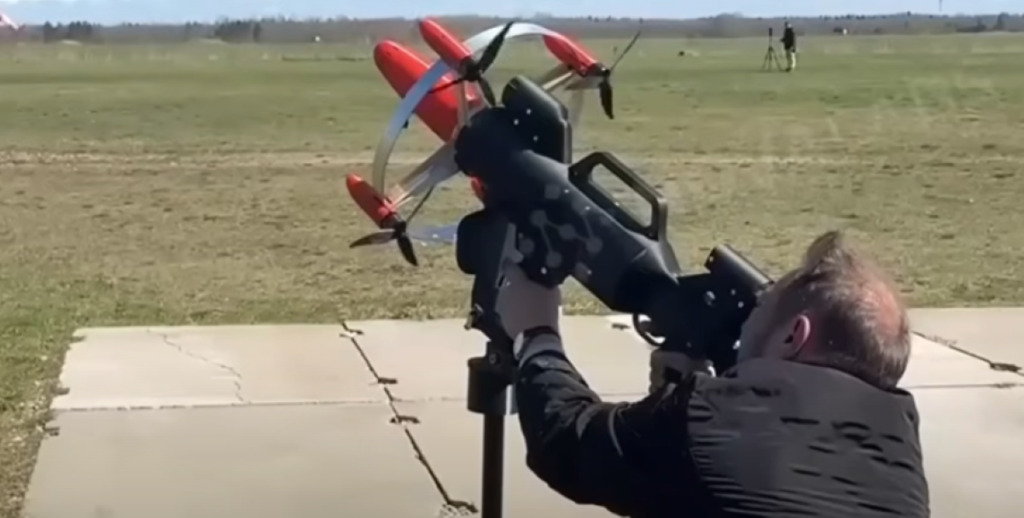
On the ground, aerial drones have been pivotal in stopping Russia’s advances.
They have enabled deep strikes into Russia itself, targeting oil refineries and crippling export infrastructure.
Also read
Their effectiveness is forcing Russia to rethink traditional dominance.
Energy warfare amplifies the impact

Ukraine’s long‑range strikes have cut Russian refining capacity by nearly a fifth on some days.
Fuel shortages have hit even Moscow.
These economic blows underscore how drone warfare isn’t just tactical, it’s strategic, targeting Russia’s ability to fuel its military.
Ukraine’s naval drone dominance

Lacking a traditional navy, Ukraine has developed unmanned surface vehicles and missile‑firing naval drones that destroyed warships and downed aircraft.
Also read
These systems broke the Russian naval blockade and pushed the Black Sea Fleet back, shifting maritime control.
Unmanned future: the West must follow
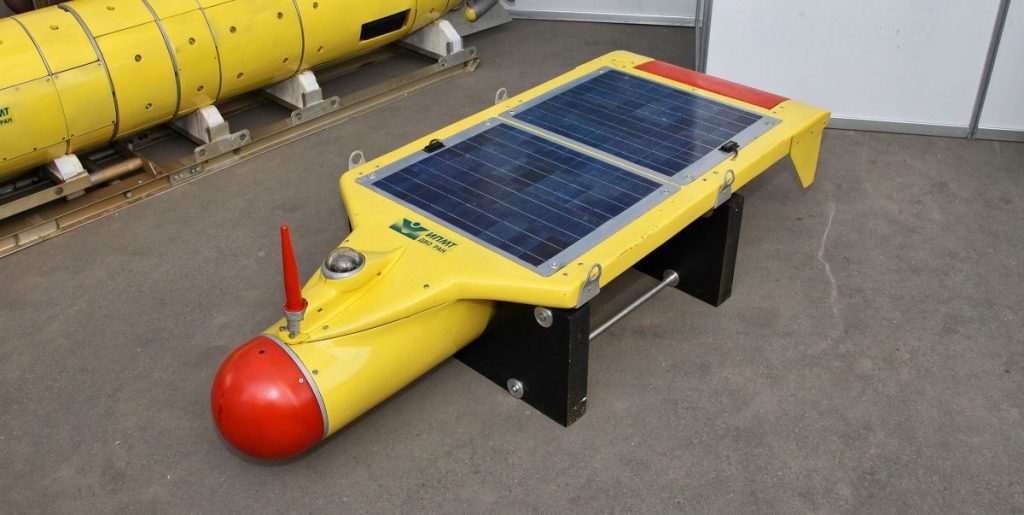
Petraeus issues a warning to NATO: adopt unmanned systems across all domains — underwater drones, cruise missiles, aerial drones.
“The Ukrainians have done this spectacularly well,” he stated.
He believes the future lies in unmanned warfare, not traditional force alone.

